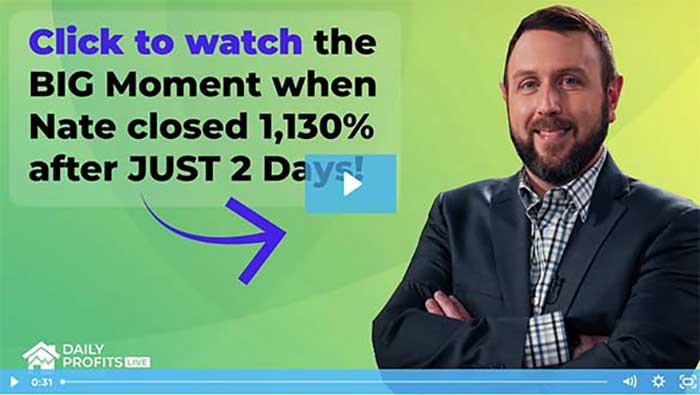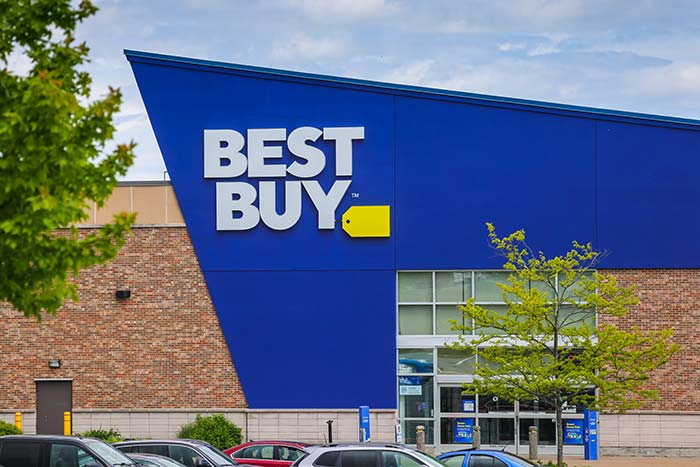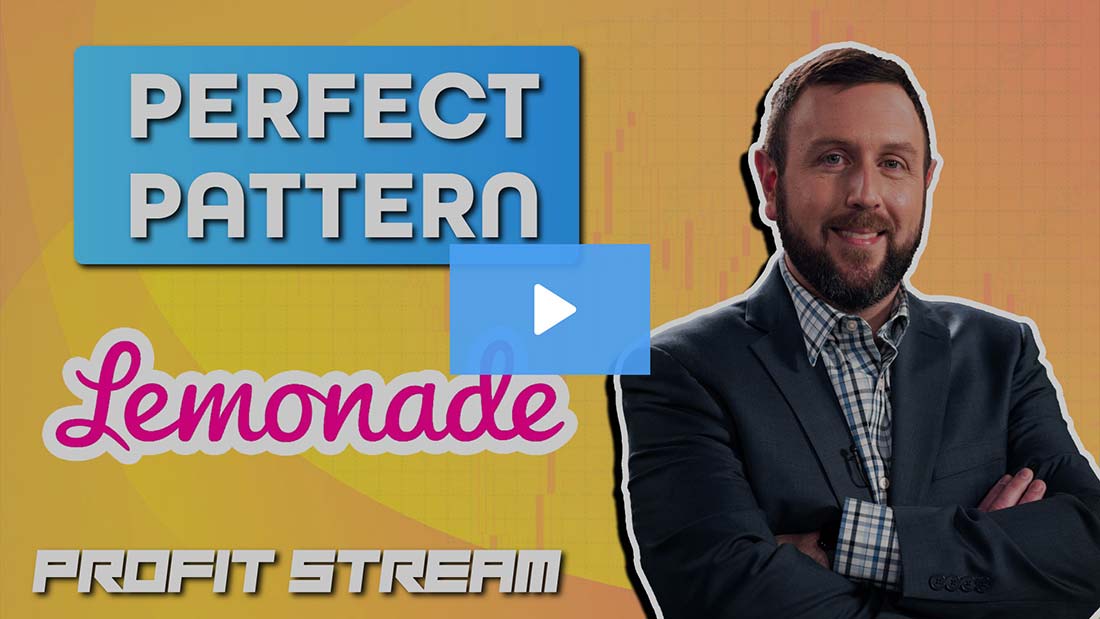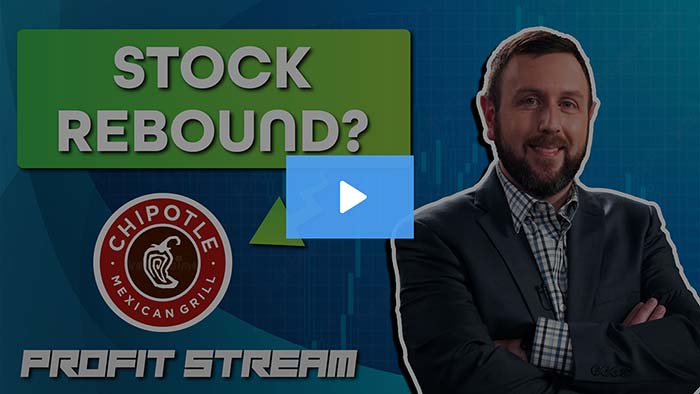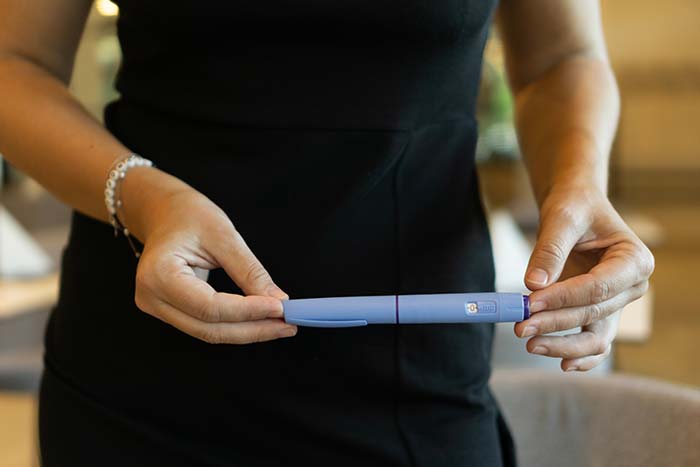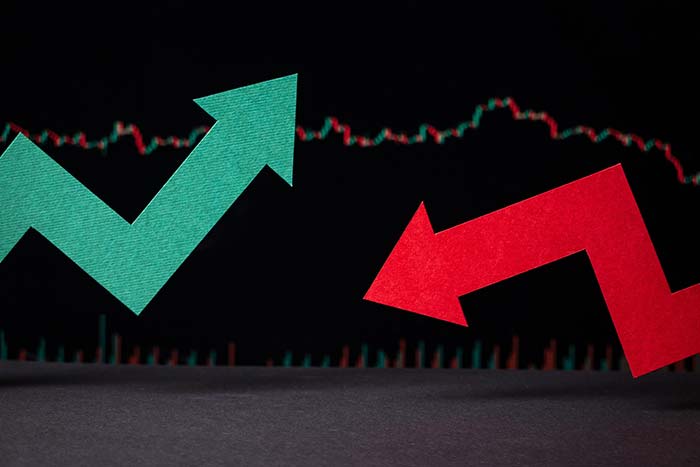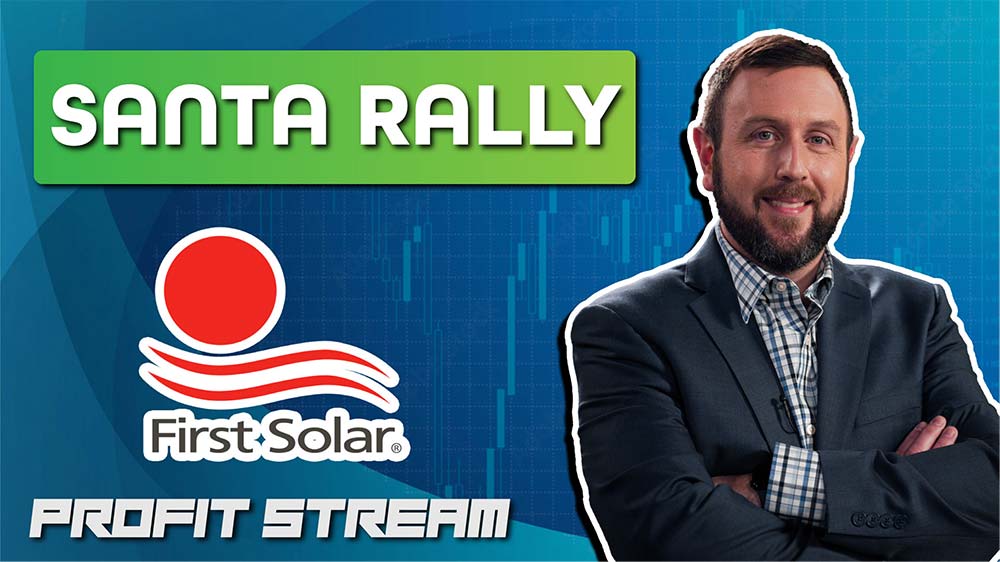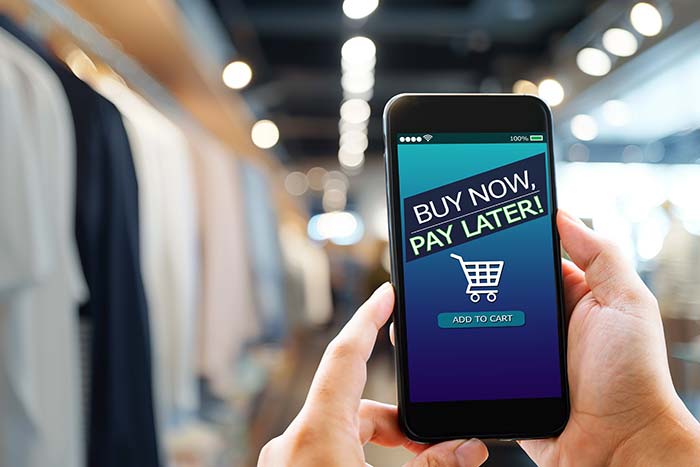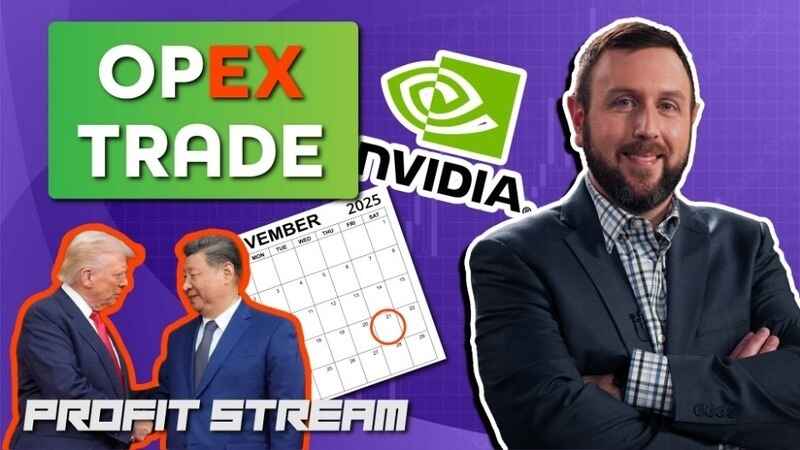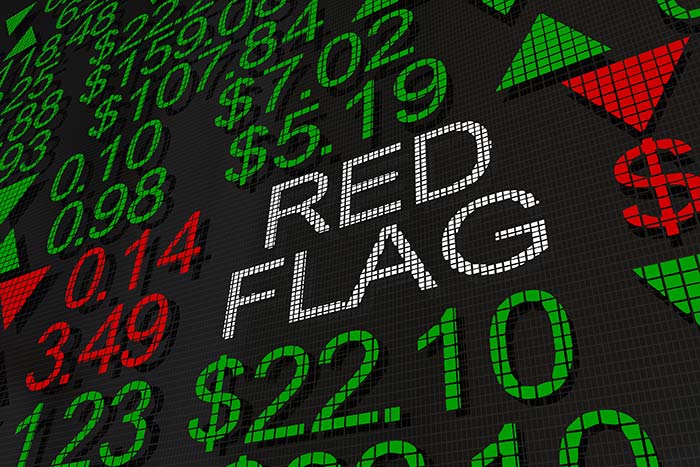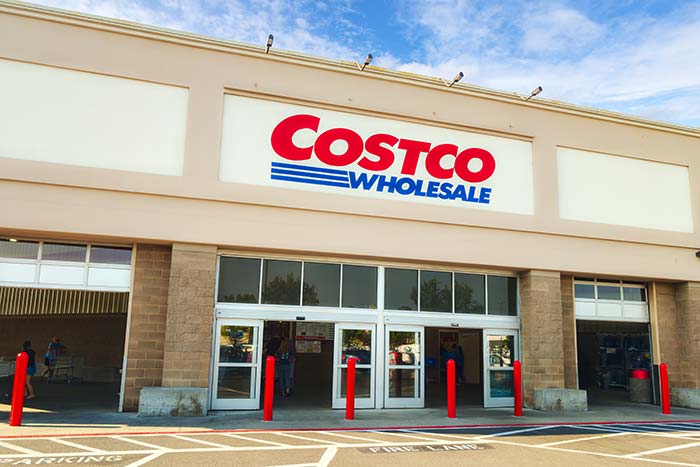In Uncertain Times, This Belongs in Your Portfolio
Editor’s Note: After President Donald Trump latest tariff announcement roiled markets, some investors may be wondering what’s next.
Which is why in today’s guest article, Oxford Club Chief Income Strategist Marc Lichtenfeld is revealing a way for traders to weather this current storm.
While it may not necessarily reflect our own views at Monument Traders Alliance, we believe in giving readers as many options as possible so they can choose what’s best for them.
Marc also revealed a way to lock in a contractually obligated 200% return over the next four years.
– Ryan Fitzwater, Publisher
Today, I want to discuss something that market analysts don’t talk about too often.
Bonds.
Before your eyes glaze over, this is important.
Bonds belong in everyone’s portfolio.
Now, I’m not talking about bond mutual funds or exchange-traded funds.
I’m talking about individual bonds.
First of all, what exactly is a bond?
It’s pretty simple. A bond is a loan that you make to a company or government agency. If we’re talking corporate bonds, then you’re loaning money to a company for a specific amount of time at a specific interest rate.
Bonds are typically sold in $1,000 increments, and they always have a maturity date and a coupon. (The coupon is simply the bond’s annual interest rate.) For example, let’s say there’s a bond that has a 5% coupon and a maturity date of February 1, 2030. If you decide to purchase the bond – meaning you’re lending $1,000 to the underlying company until February 1, 2030 – you will receive 5% per year in interest, which is usually paid in two installments each year. And on February 1, 2030, you’ll get the $1,000 back.
Now, here’s the key: If you buy or sell a bond in the market, it may not trade for $1,000.
When it is first issued by the company, it will. But as soon as it starts trading, the price will vary.
So you could buy the bond for $900. In that case, you’ll receive more than 5% per year, because the 5% coupon is based on the $1,000 figure. No matter where the bond is trading, the bond will pay $50 per year in interest. So if you pay $900 for the bond, you’ll make 5.6% interest ($50 divided by $900 equals 5.6%).
If you pay $1,050 for the bond, you’ll make 4.8% ($50 divided by $1,050 equals 4.8%).
Here’s another important feature: At maturity, a bond pays $1,000, regardless of what you paid for it.
It’s obvious why you might buy a bond for $900 when you know you’ll get $1,000 at maturity, but you may be asking why someone would pay more than $1,000 for a bond if they know they’ll lose money at maturity.
It’s because even with the loss, they may still make more than they would in other places.
For example, let’s say a bond is trading at $1,050 with a 5% coupon until 2030. Even though an investor will lose $50 at maturity, they will collect $50 in interest per year over the next five years.
When you subtract how much the bond loses at maturity from the total amount of interest paid, that comes out to $200, or an average of $40 per year. That equates to 4% per year. With as rocky as the markets have been lately, investors ought to be very happy earning a safe and secure 4% per year.
One last thing about bonds – and this is really important – is how they differ from stocks.
If you hold a stock for five years, anything can happen. It could go up 1,000%, it could get cut in half, it could go to zero, or it could go anywhere in between.
While a bond’s price will fluctuate, the bond will be worth $1,000 on its maturity date. The only way it won’t is if the underlying company goes bankrupt.
So you could own a stock that has putrid earnings and falls 40%. But as long as the company is keeping the lights on, regardless of those putrid earnings, its bonds will be worth $1,000 at maturity. The only way you lose as a bondholder is if the company goes under.
If you buy bonds properly, you can be extremely confident you’re going to get your money back – and then some. And in this chaotic market, everyone could use a little more certainty.
![]()
YOUR ACTION PLAN
On April 2, President Trump made a massive tariff announcement that led to a 1,200 drop in the DOW.
And in my latest presentation, I explain how bonds can be a “godsend” for investors in times like these. In fact, they can even generate contractually obligated returns of as much as 200% in as little as four years!
Click here to learn why bonds could be exactly what your portfolio needs right now.
Good investing,
Marc
FUN FACT FRIDAY
Major buying after tariff news: Retail investors bought $4.7 billion in stocks on Thursday, the largest level over the past decade.
